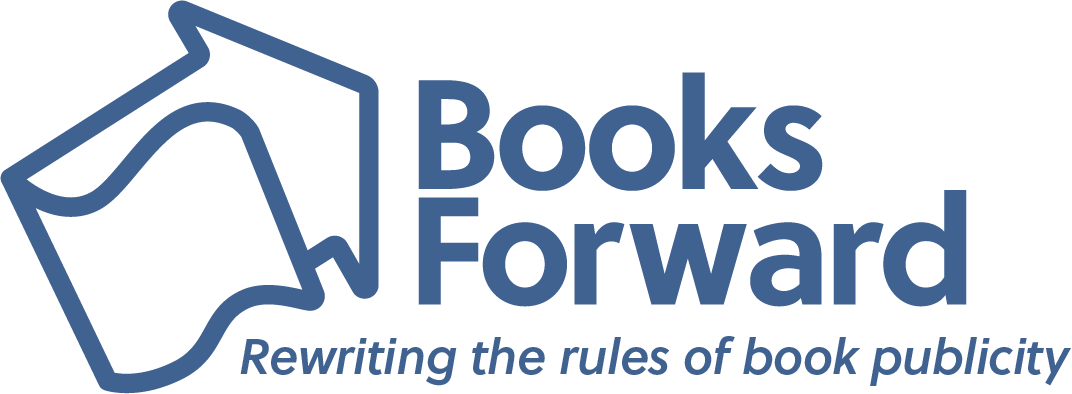
Summer is in full swing, and that means summer reading is too! Whether you’re searching for a hot new release (may we suggest a few of our fantastic Books Forward authors below!), or you’re craving a fresh dip into a hit from summers-past, we’ve got you covered! Here’s what we’re reading in summer 2020:
Ellen Whitfield, Senior Publicist
Adult Conversation by Brandy Ferner (Fiction)
What mom doesn’t need a quick trip to Vegas right now? Brandy’s book is the perfect pandemic read for moms like me who were a little overwhelmed by their families BEFORE they were quarantined with them. Add in a therapist with her own issues, and a Thelma-and-Louise-style trip and you get a great summer read that’s a dose of fun with some deeper themes.
The House in the Cerulean Sea by T.J. Klune (Fantasy)
To me, a book set by the ocean will always be a perfect summer read. I think everyone can identify with the themes of belonging in this book, and the fantasy elements add so much fun to the mix. Linus Baker is a simple man living a simple life as a case worker who checks on magical children living in orphanages. But when he gets sent on a very secret mission to an island, the inhabitants and their secrets change everything for him.
Felix Ever After by Kacen Callender (Young Adult)
For some reason, I read a lot of YA books during the summer months, and Felix has been a standout for me so far. I read the library book in a day and immediately ordered my own copy because I loved it with my whole heart. Felix is a trans teen attending a prestigious art school and struggling with his identity on top of the typical teen complications. He also wants desperately to fall in love, but when he starts to receive harassment — both in real life and online — he worries he’ll never truly be accepted for himself.
Angelle Barbazon, Lead Publicist
The Second Mother by Jenny Milchman (Thriller, releasing Aug. 18)
Every time Jenny Milchman releases a new book, it shoots straight to the top of my reading list, and The Second Mother is no exception! Exploring themes of isolation and survival, this summer thriller follows a schoolteacher who attempts to outrun her past by accepting a job on a remote island off the coast of Maine, only to discover her new community isn’t quite as safe and welcoming as it seems. Jenny Milchman proves once again that she’s a master of suspense!
Eleanor and Hick by Susan Quinn (Historical Nonfiction)
I’m looking forward to digging through my TBR pile this summer and finally cracking open a few books that I’ve been meaning to read for years. First up is Eleanor and Hick, which I randomly discovered sitting in a Little Free Library last summer, and it’s been on my bookshelf ever since. The book follows the love affair between the ever-fascinating Eleanor Roosevelt and Lorena Hickok, a journalist who was assigned to cover the First Lady. This is a piece of history I never heard about, so I was automatically drawn to their story, and I can’t wait to read more.
Hunting Teddy Roosevelt by James A. Ross (Historical Fiction, releasing July 31)
If you can’t travel this summer because of the coronavirus, let James A. Ross whisk you away to the savannahs, jungles and deserts of Africa in “Hunting Teddy Roosevelt.” This historical fiction novel is based on an obscure true story about an assassination attempt during Roosevelt’s post-presidency hunting expedition that’s not found in most history books. I don’t want to give too much away, but if you’re looking for a book brimming for larger-than-life characters, an exotic locale and thoughtful writing, pick this one up!
Jennifer Vance, Publicist
The Ninja Daughter by Tori Eldridge (Thriller)
Time to let y’all in on a little secret: I took martial arts for about eight years when I was growing up — it was seriously a huge part of my life. So reading about a tough and cunning modern-day Ninja like Lily Wong not only took me back to my glory days of summer karate tournaments, it also kept me on the edge of my seat and reminded me how awesome it is to read about fierce women fighting for justice. I’m excited book 2 in the series, The Ninja’s Blade, is out Sept.1 so Lily’s story can continue!
Transcendent Kingdom by Yaa Gyasi (Fiction, releasing Sept. 1)
After a million friends telling me to, I finally read Homegoing this year by Gyasi, and I hate myself for waiting so long — it’s hands down one of my favorite books of the past five years. So I’m excited to bookend my summer with her newest, Transcendent Kingdom. Following a Ghanian family of immigrants living in Alabama, the novel touches on themes of faith, science, love and religion, all wrapped up in Gyasi’s exquisite prose. I’m going to be anxiously waiting by my mailbox for this one to arrive.
Jackie Karneth, Publicist
In the Dream House by Carmen Maria Machado (Nonfiction, Memoir)
The most visceral, exhilarating, and painful short stories I’ve ever read can be found within Machado’s 2017 collection, Her Body and Other Parties. I’m overjoyed and grateful for the chance to experience her writing again, this time in the form of her memoir, which draws from her experiences in an abusive same-sex relationship. Abuse in queer relationships is often downplayed or overlooked entirely. Yet Machado’s heart-wrenching recollection lays it all out for the reader, while also tacking on her characteristic wit and humor.
Finding Hemingway by Ken Dortzbach (Fiction, Rom-Com)
This rom-com set in Spain is exactly what you need to escape to Europe from the comfort of your own home. In a magical-realist twist, Ken Dortzbach sends his protagonist — highly talented lawyer, Callie McGraw — on a whirlwind adventure after she receives a mysterious phone call from Ernest Hemingway. This endearing tale of friendship, experiencing new cultures, and finding oneself is one you’ll want to loan to your best friend after reading.
The Way You Burn by Christine Meade (Fiction)
If the main characters from Rainbow Rowell’s Eleanor and Park had met in their 20s, it might look something like this debut new adult novel. A gorgeously well-written tale that brings back vivid memories of my childhood in New Hampshire, this book is told from the point of view of David as he remembers the ups and downs of his relationship with a woman named Hope. Also a tale of family secrets, this book has a brightly burning emphasis on how gender impacts our lives.
Ghost Wood Song by Erica Waters (Young Adult, releasing July 14)
I swear when you hear what this book is about, you’ll be ready to bump this up to the top spot on your summer TBR. A young adult novel with LGBTQ representation, this eerie read follows Shady Grove, who has the unusual ability to call ghosts using a fiddle. Like a true Southern Gothic tale, it’s evocative and atmospheric with a strong focus on family history and secrets. Do yourself a favor and pre-order this baby like no tomorrow.
Lana Allen, Executive Administrator
Gyroscope of Life by David Parrish (Literary Nonfiction)
This unique book is a beautiful and insightful ode to biology and the joy of learning. Parrish tackles concepts relating to biology and agriculture while sharing his personal experiences with religion, battling illness and more, proving not only that science is relevant to daily life, but that it profoundly impacts all of our lives.
Humankind: A Hopeful History by Rutger Bregman (Nonfiction)
I’m a big fan of historian and journalist Rutger Bregman and I can’t wait to dig into his latest work! Bregman makes the case that our greatest asset as a species is our capacity for kindness and cooperation. In these trying times, his hopeful message could not be more timely!
Hannah Robertson, Publicist
The Moon Always Rising by Alice C. Early (Fiction)
I was immediately drawn into Alice C. Early’s The Moon Always Rising. Her descriptions and character development are both incredibly lush, and, even though I didn’t actually take a vacation, the way she describes the little island of Nevis made me feel like I had. This story is full of heartbreak but also hope, and that’s the most important thing. Her ethereal elements and the setting make this the perfect summer or beach read, but I’ll be recommending it all year long!
A Little Life by Hanya Yanagihara (Literary Fiction)
This book is my white whale. Years ago when I worked in a bookstore, a customer with eerily similar reading tastes as me recommended this title, and ever since this book has been sitting on my nightstand waiting to be picked up. I’ve tried a few times but it was never the right time. With the current situation, I’ve been leaning more on fantasy and magic to take me away, but recently I’ve been drawn to its story and it’s currently at the top of my TBR list for this summer. Don’t worry, I’ll be reading it with tissues at the ready.

Ellen Whitfield is senior publicist at Books Forward, an author publicity and book marketing firm committed to promoting voices from a diverse variety of communities. From book reviews and author events, to social media and digital marketing, we help authors find success and connect with readers.
Interested in what’s possible for your book sales and building readership? Check out our services, tell us your goals, and get a customized publicity campaign tailored just for you.
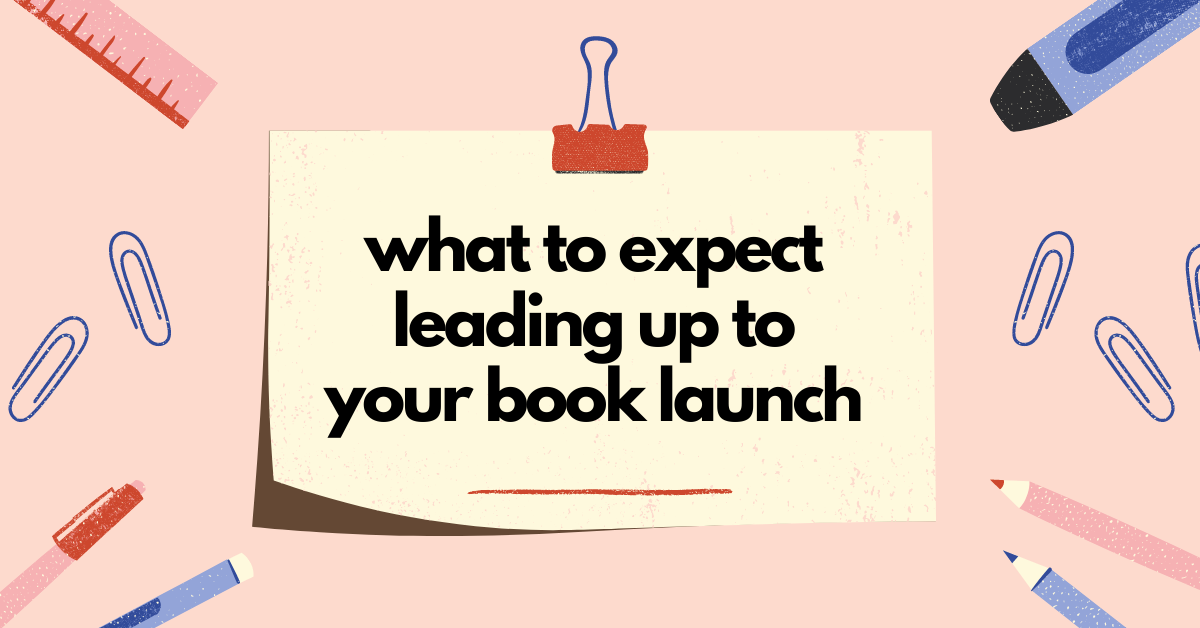

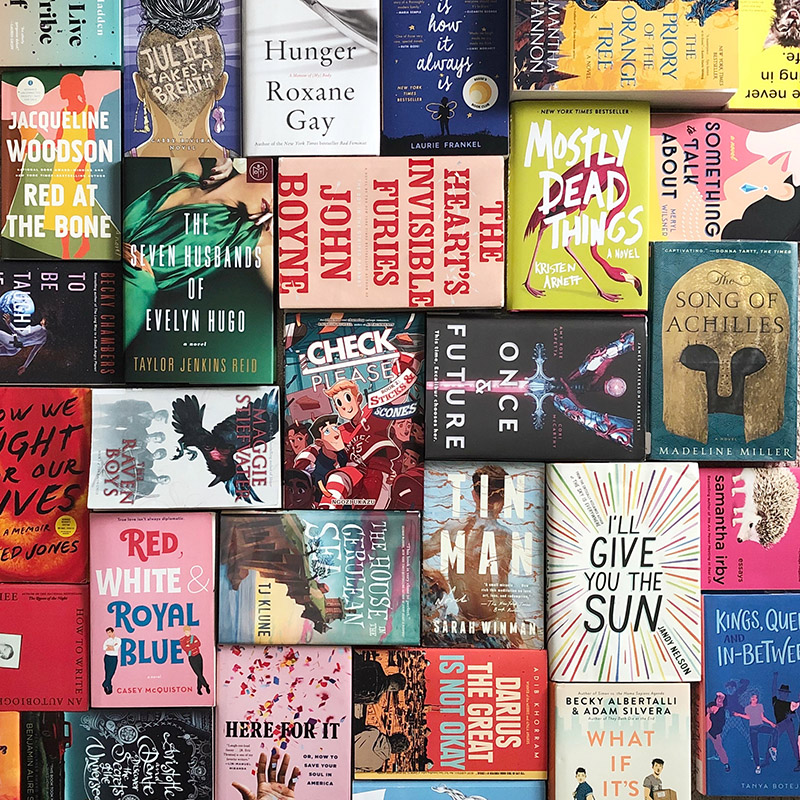
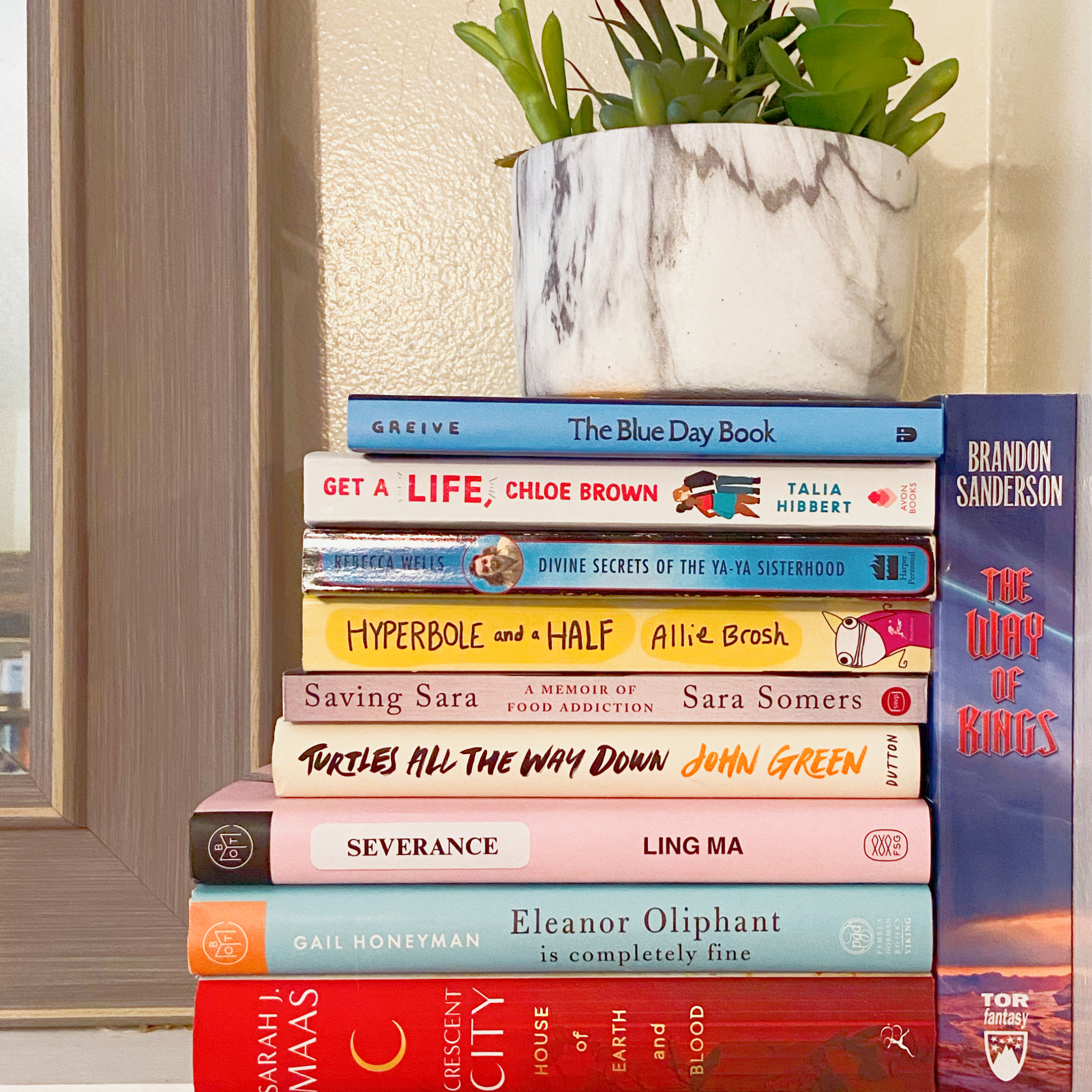
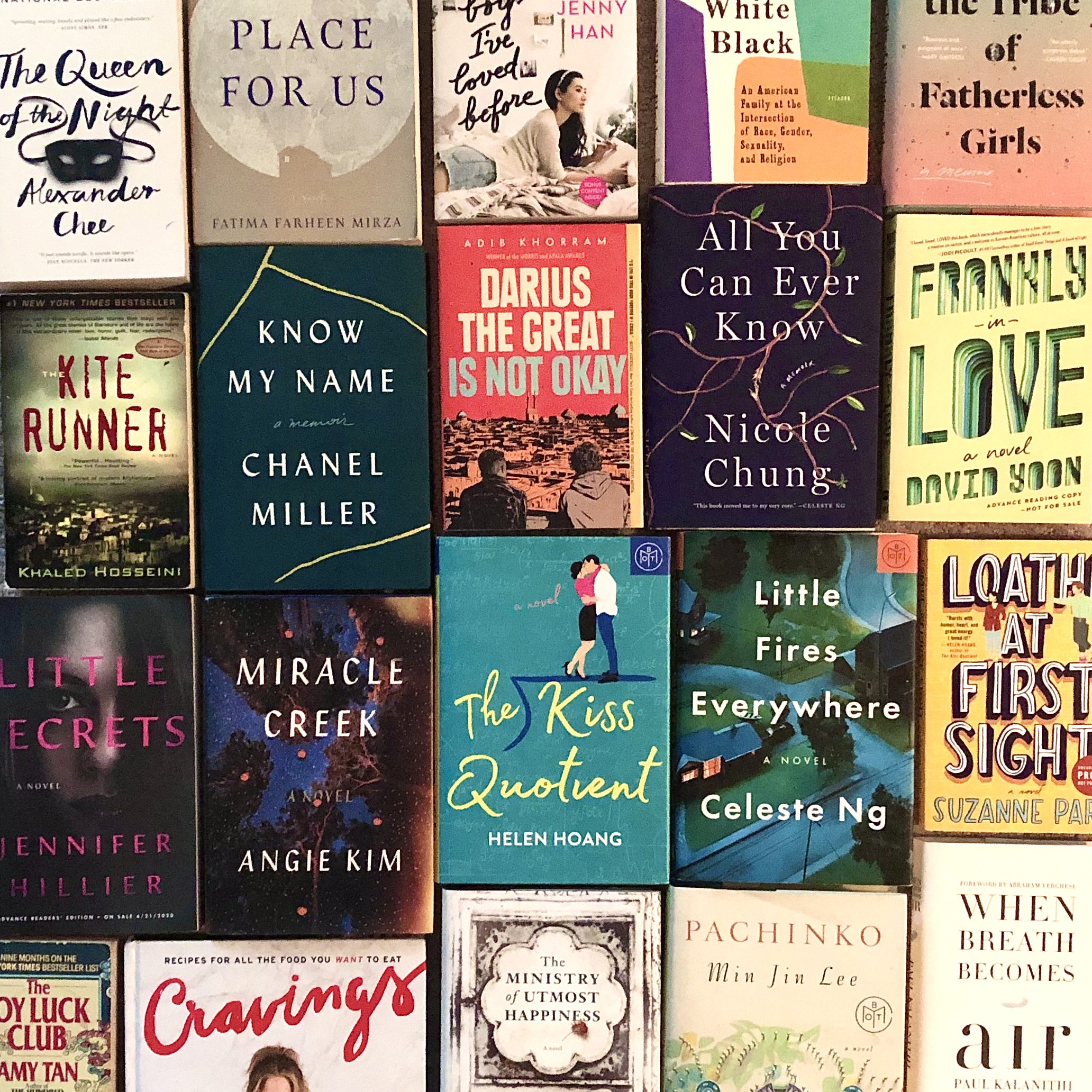 We’ve gathered some of our favorite bookstagrammers and books for API Heritage Month to diversify your feed and your TBR in May and beyond!
We’ve gathered some of our favorite bookstagrammers and books for API Heritage Month to diversify your feed and your TBR in May and beyond!



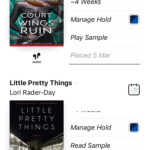
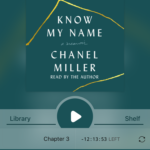
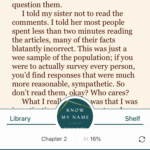
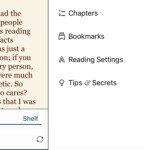

 Mascarpone Semifreddo from The New York City Kitchen Cookbook by Tracey Ceurvels
Mascarpone Semifreddo from The New York City Kitchen Cookbook by Tracey Ceurvels Carol’s Beet and Acorn Cookies
Carol’s Beet and Acorn Cookies Homemade Cookie Jar
Homemade Cookie Jar Real Deal Chocolate Chip Cookies 2.0
Real Deal Chocolate Chip Cookies 2.0 U-Taste 10 Piece Measuring Cups and Spoons Set
U-Taste 10 Piece Measuring Cups and Spoons Set Smitten Kitchen’s Salted Peanut Butter Cookies
Smitten Kitchen’s Salted Peanut Butter Cookies Donia Bjian’s Orange Cardamom Cookies
Donia Bjian’s Orange Cardamom Cookies Custom Cookies
Custom Cookies Holiday Sugar Cookies
Holiday Sugar Cookies  Get a cookie cutter shaped like your FACE!
Get a cookie cutter shaped like your FACE!